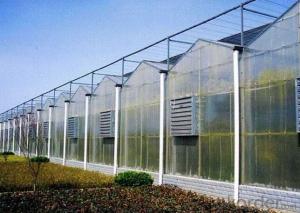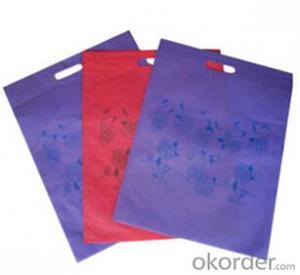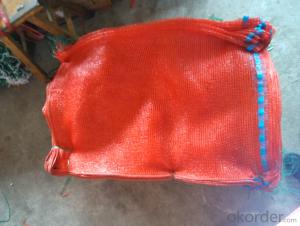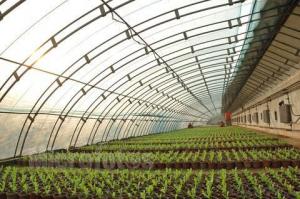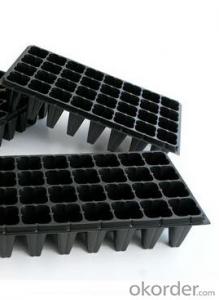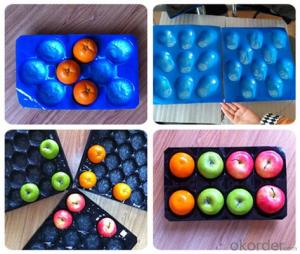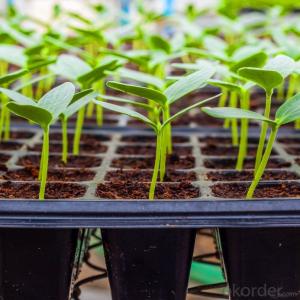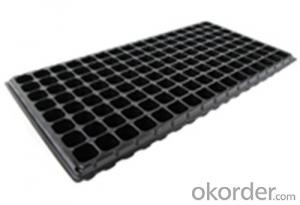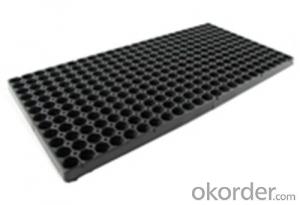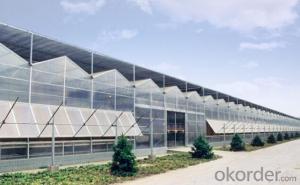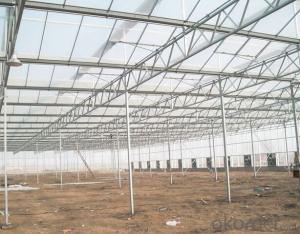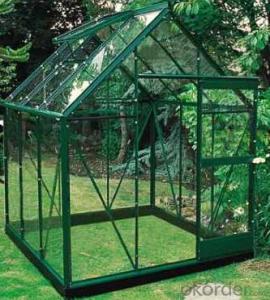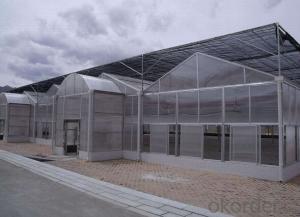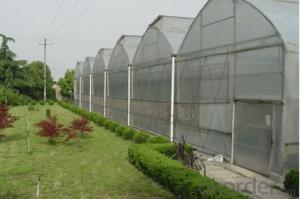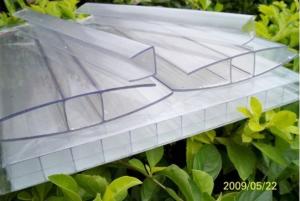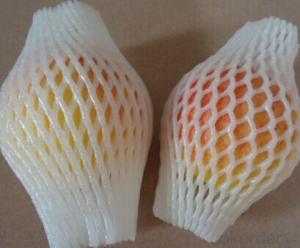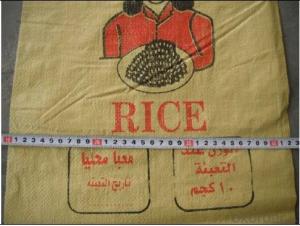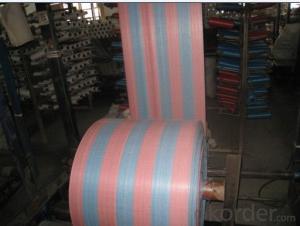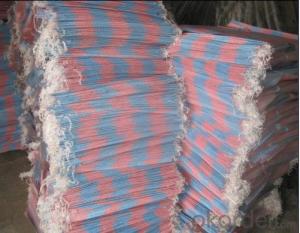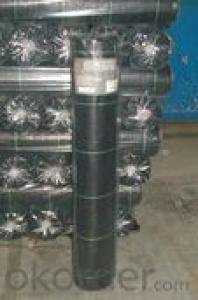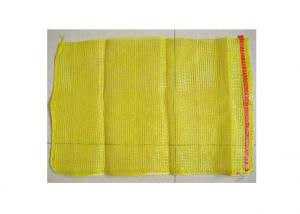Multi-span PC sheet greenhouse for seeding
- Loading Port:
- Shanghai
- Payment Terms:
- TT OR LC
- Min Order Qty:
- 10 set
- Supply Capability:
- 10000 set/month
OKorder Service Pledge
OKorder Financial Service
You Might Also Like
Specifications
1- POLYCARBONATE GREEN HOUSE
2- Good for warm keeping.
3- Strong,Good Looking.
POLYCARBONATE GREEN HOUSE
1-Structure: Hot galvanized steel tubes, Triple-A Roof structure per bay. 15 year warranty.
2- Covered by twin-wall polycarbonate sheet.10 year warranty. Anti-storm. Anti-hail. Anti-Snow. Best material for warm-
keeping.
3-Strength: Long life ,Good looking, Warm keeping. Energy saving in winter.
4-Suitable for heavy snow place, flower market, expensive flower & vegetable planting, research center or restaurant.
Optional:
1-Outside&Inside Shading system controlled.
2- Cooling Pad & Fan system.
3-Auto-enviroment controlled panel.
4-Rounf Roof instead of Triple A-Style is available with simplified structure.
- Q: How much weight can a nursery tray hold?
- The weight capacity of a nursery tray depends on the specific design and material used. Generally, nursery trays are designed to hold lightweight items like seedlings, small plants, or trays of soil. However, it is essential to consult the manufacturer's specifications or guidelines to determine the exact weight limit of a particular nursery tray model.
- Q: Hi thereMe and my husband are in the middle of putting in a kitchen island to which we are incorporating a island sink.We have channeled into the ground ran the waste pipe and cold/hot water,the thing is we have used the plastic type then covered over with sand and cement.We have now been told by a family friend that we should not use plastic pipes for it as it will rot the plastic and in time waste will end up under are floor.Is this true? would appreciate someone who knows about this to give us a right answer or any tips.Thanks in advance
- plastic does not rot in the ground for a long long time it may crack due to expansion and contraction due to hot and cold over time but even that is highly unlikely
- Q: This question asks for the primary categories of plastic products used in agriculture.
- <p>The main types of agricultural plastic products include plastic films, such as mulch films and greenhouse films, plastic pipes for irrigation systems, plastic containers for planting and nursery purposes, and plastic nets for crop protection. Other significant products are silage films for food storage, plastic-coated wires for trellising, and plastic pots and trays for seedling production. These products enhance crop yield, protect against environmental stresses, and improve efficiency in agricultural practices.</p>
- Q: Can nursery trays be used for orchids?
- Yes, nursery trays can be used for orchids. These trays provide a suitable environment for orchids to grow, as they allow for proper drainage and aeration. However, it is important to ensure that the trays are clean and sterilized before use to prevent any potential diseases or pests from affecting the orchids.
- Q: Can nursery trays be used for starting fruit tree cuttings?
- Yes, nursery trays can be used for starting fruit tree cuttings. They provide a suitable environment for rooting and initial growth of the cuttings, allowing them to develop strong root systems before transplanting into larger containers or outdoors.
- Q: Could you please tell me how plastic bottles are recycled chemically? Thanks a ton!Try your best!
- the plastic is melted into a liquid form (phase change) and any other contents in the plastic at heated out (phase change, solid to gas) so it is just plastic. it is then reformed into whatever new shape it will be (phase change, liquid-solid)
- Q: How do agricultural plastic products help with moisture retention in seeds?
- Agricultural plastic products, such as mulch films and seedling trays, help with moisture retention in seeds by creating a protective barrier that reduces evaporation and maintains a more consistent level of moisture in the soil. This barrier prevents excessive drying of the soil, ensuring that seeds have a higher chance of germination and seedlings can establish themselves in optimal conditions.
- Q: Can agricultural plastic be used in livestock farming?
- Yes, agricultural plastic can be used in livestock farming. It is commonly used for various purposes such as constructing greenhouse structures, creating temporary fences, covering silage pits, or as bedding materials. Agricultural plastic helps in managing and improving livestock farming practices by providing protection, insulation, and containment solutions.
- Q: Can ground cover be used as a natural ground stabilizer?
- Yes, ground cover can be used as a natural ground stabilizer. Ground cover plants such as grasses, ivy, or moss can help prevent erosion by binding the soil together with their roots and reducing the impact of rain or wind. They also act as a protective layer, reducing the direct impact of water or sunlight on the soil surface, which helps to maintain its stability.
- Q: Are there nursery trays with built-in misting and fogging capabilities?
- Yes, there are nursery trays available in the market that come with built-in misting and fogging capabilities. These trays are designed to provide a controlled and optimal environment for seedlings and young plants by maintaining the appropriate humidity levels. The misting and fogging capabilities help to create a fine mist or fog that keeps the plants moist and aids in their growth.
Send your message to us
Multi-span PC sheet greenhouse for seeding
- Loading Port:
- Shanghai
- Payment Terms:
- TT OR LC
- Min Order Qty:
- 10 set
- Supply Capability:
- 10000 set/month
OKorder Service Pledge
OKorder Financial Service
Similar products
Hot products
Hot Searches
Related keywords
